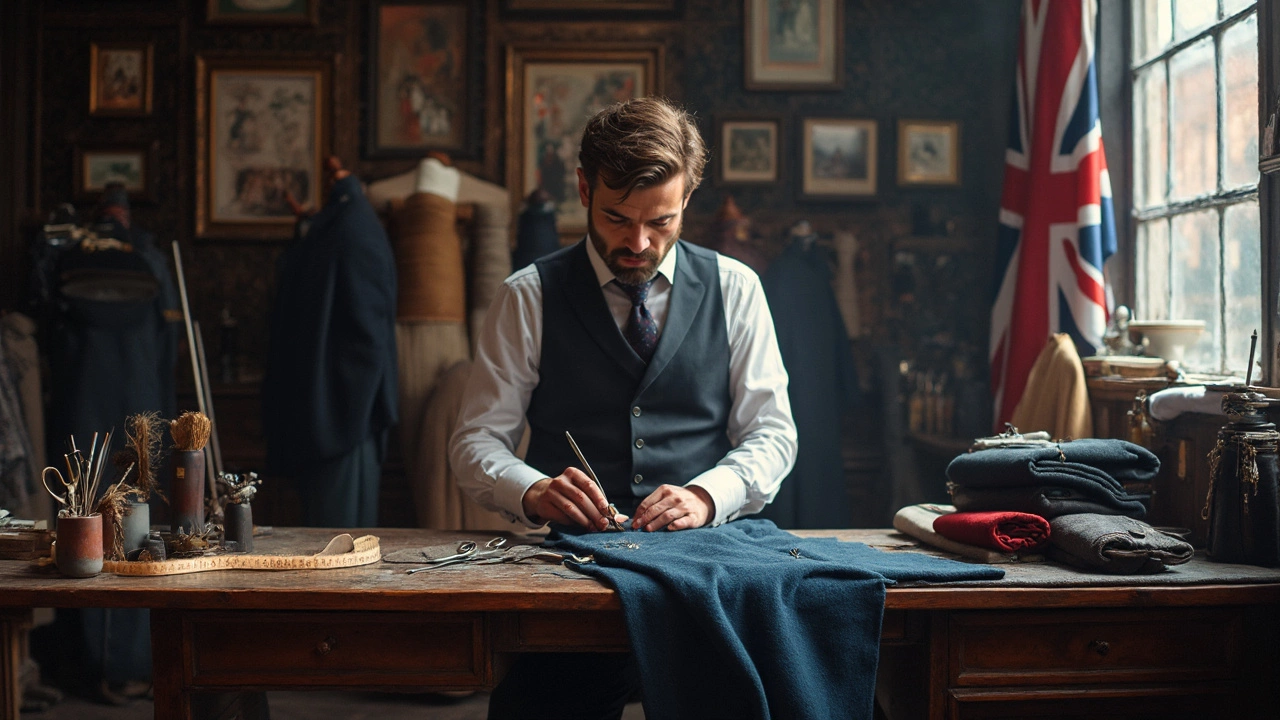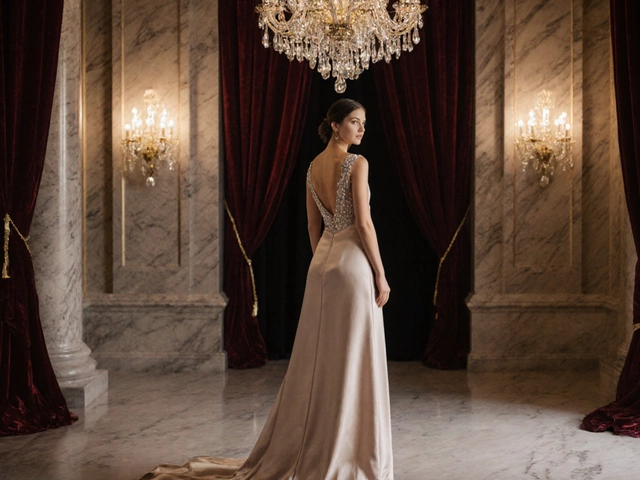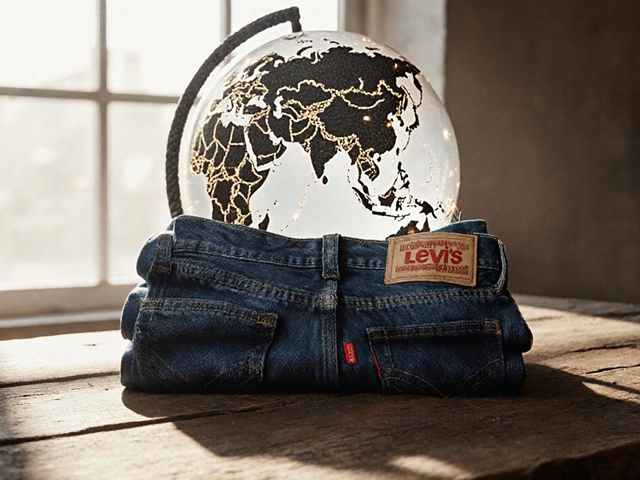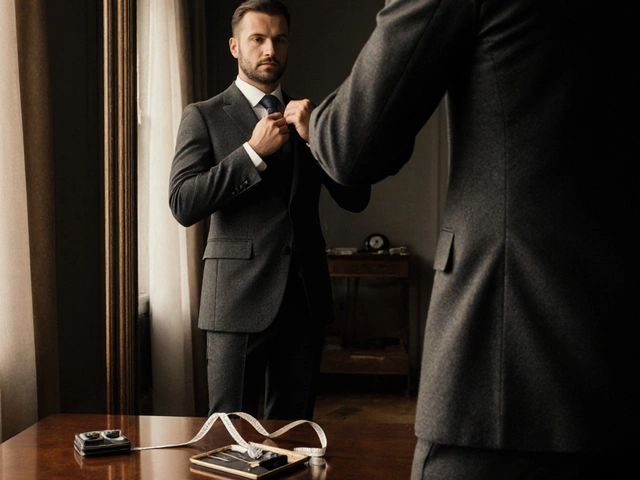Expensive Suits: Why They Cost So Much and What to Look For
If you’ve ever wondered why a suit can run into the thousands, you’re not alone. Most shoppers see a price tag and assume it’s just about brand name, but there’s a lot more going on behind the seams. Understanding the real reasons helps you decide if spending big makes sense for your wardrobe.
Expensive suits typically fall into two price buckets: mid‑range luxury around $500‑$1,000 and high‑end pieces that start at $2,500 and can exceed $10,000. The jump isn’t random – every step up adds better fabric, more hand work, and tighter quality control. Knowing where those costs come from gives you a clear picture of what you’re actually paying for.
Fabric and Materials
The first thing you’ll notice on a high‑end suit is the cloth. Premium wool, cashmere blends, silk, and even vicuña are common in the $5,000‑plus range. These fibers feel softer, drape smoother, and breathe better than the polyester‑rich fabrics you find on cheaper options. A 100% Super 200s wool, for example, has finer fibers that create a sleek look while staying comfortable in cooler weather.
Beyond the main fabric, look at the lining and interlinings. Real silk linings add a cool glide when you slip the jacket on, and camel hair or alpaca interlinings give extra structure without weighing you down. These details are costly because the raw materials are scarce and the manufacturing process is labor‑intensive.
Construction and Fit
Hand stitching is where the magic really happens. Expensive suits often feature a full canvas construction, where layers of horsehair, cotton, and glue are sewn by hand into the jacket’s front. This creates a natural shape that moves with your body and improves over time. In contrast, cheaper suits rely on fusible interlinings that can feel stiff and peel apart after a few wears.
Tailoring depth matters too. A bespoke suit means a pattern is drafted from scratch for your exact measurements, with multiple fittings to perfect the drape. Made‑to‑measure sits somewhere in between; it starts with a standard pattern that’s altered to fit you, offering a personalized shape at a lower cost than full bespoke.
When you try on an expensive suit, pay attention to the shoulder roll, the lapel roll, and how the sleeves sit. If the jacket hugs your shoulders without pulling and the sleeves show a little cuff when your arms are at rest, the construction is likely top‑notch. Poorly aligned seams or a stiff feel usually signal shortcuts in the build.
So, should you splurge? If you need a suit for important events, business meetings, or a wardrobe that lasts decades, the investment can pay off. A well‑made suit ages gracefully, often looking better after a few years of wear. On the other hand, if you only need a suit once a year, a high‑quality ready‑to‑wear piece in the $500‑$800 range might be enough.
Regardless of price, proper care extends life. Always dry‑clean sparingly; a good brush to remove surface dust and a proper hanger keep the shape. Store suits in breathable cloth bags, not plastic, and rotate them so the same jacket isn’t worn back‑to‑back.
In the end, an expensive suit is more than a status symbol – it’s a blend of fine fabric, careful handwork, and fit that respects your body. Knowing these factors lets you decide whether the price tag matches the value you’ll get out of your new favorite jacket.

Spotting the Difference: Cheap vs. Expensive Men's Suits
Knowing how to differentiate between a cheap suit and an expensive one can elevate your style game. From examining the fabric to understanding stitching techniques, details matter. The lining, buttonholes, and even the suit's weight can speak volumes about its quality. This guide will help you spot key differences, ensuring you make informed decisions when investing in a suit.



